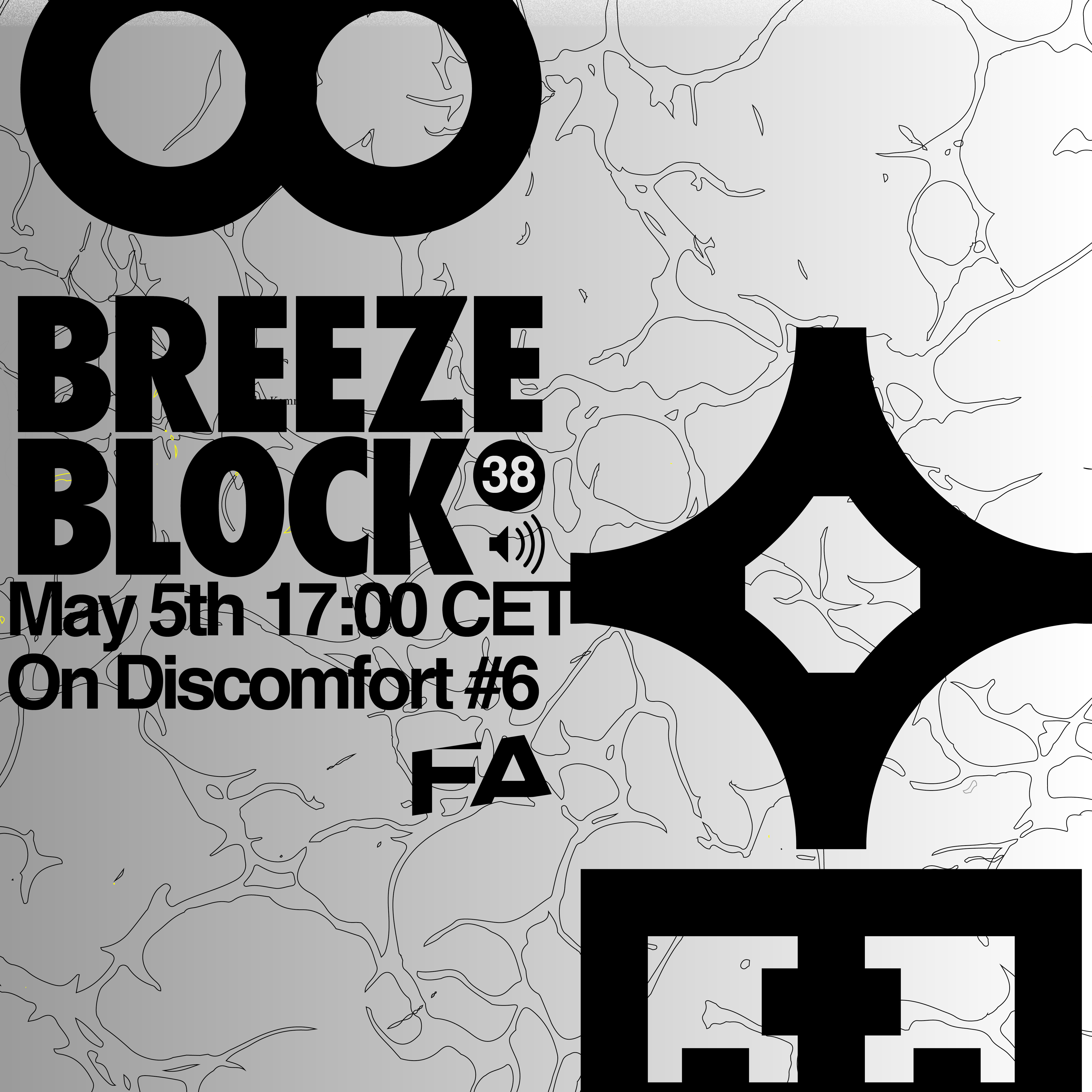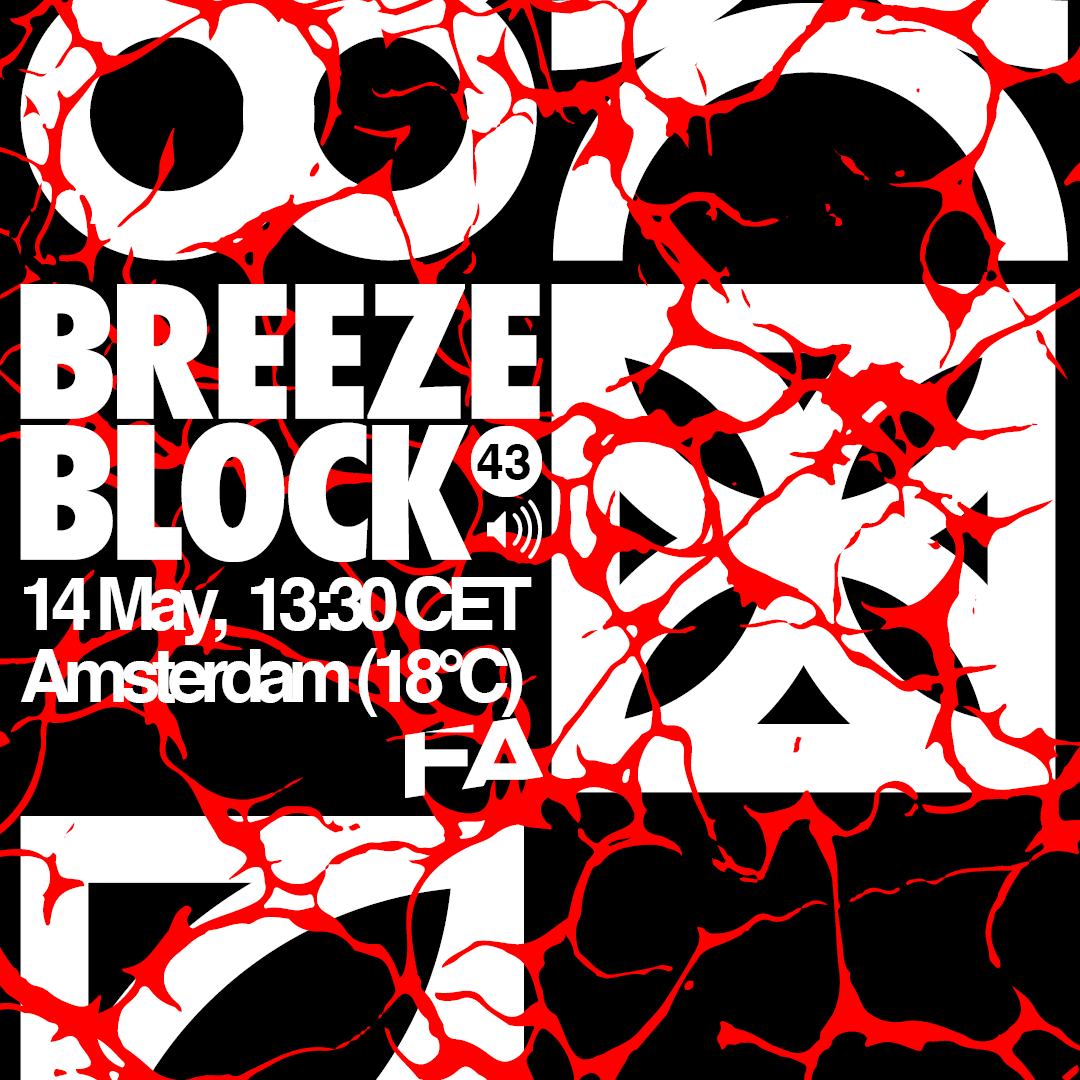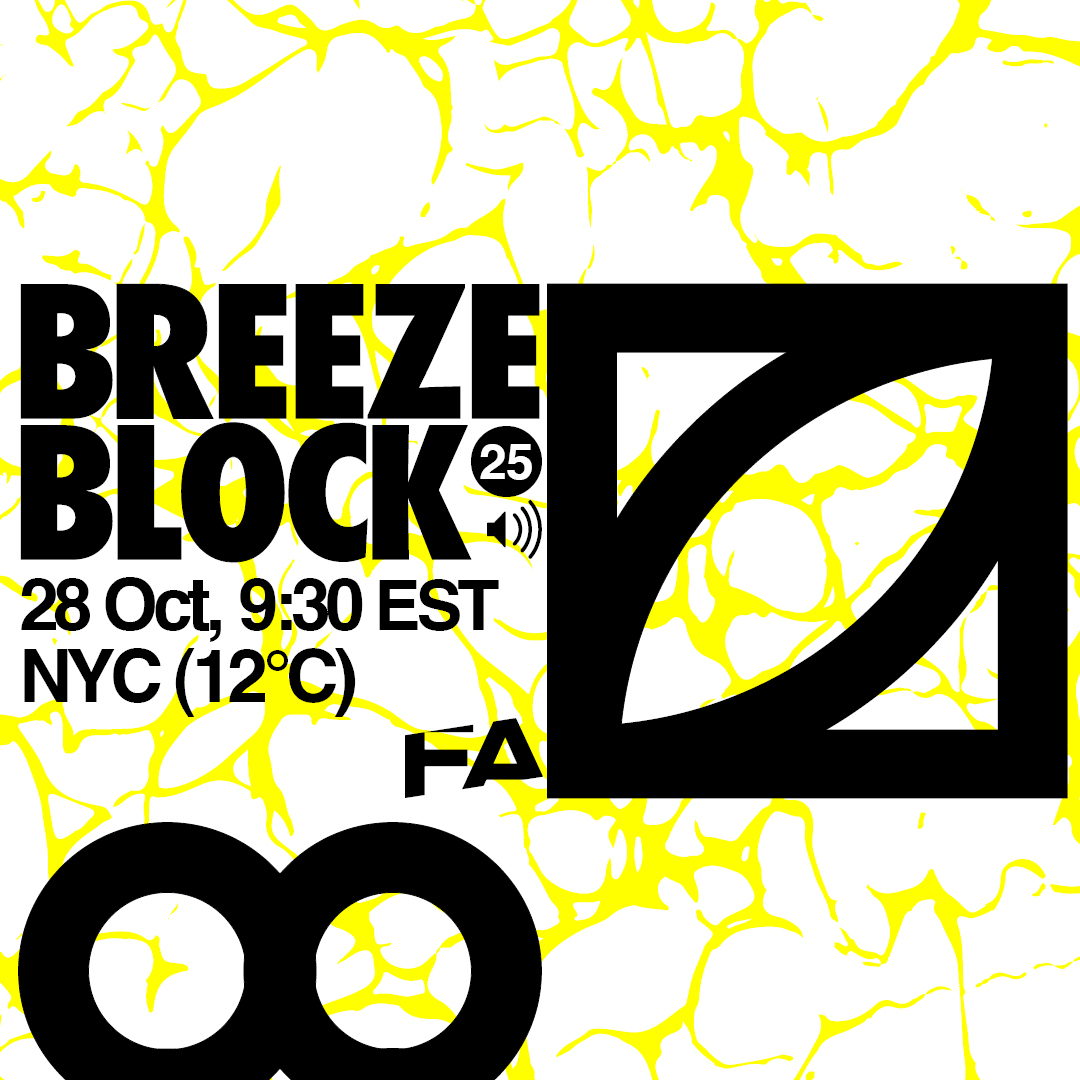Episode Transcript
Speaker 0 00:00:04 Hello, welcome to field arc that your Breece books, where our editors discuss works in progress, urgent matters, and the current happenings in architecture and spatial politics. My name is <inaudible> today. I'm joined by I'm Sam based architect on desk and Carlos Mingus Carrasco, senior curator at Arcadis Sweden's national museum for architecture and design and Stockholm. Carlos is the curator of an exhibition focusing on Cubana, a mining town in the Arctic in the Northern most part of Sweden, which is currently being relocated due to the expansion of a large on the ground iron ore, mine exhibition that the Ark, this opened on the 1st of June and runs until the 4th of February of next year. You can also visit it virtually UNARC desk dot S E on, and I have contributed to the exhibition to get a bit photographer, even bond. And today we call Carlos in Stockholm to discuss the complex story of <inaudible> and its larger implications for the role of architecture.
Speaker 1 00:01:09 Maybe we can start with, with Q and a that's that's go to key. And maybe we can ask you to tell us what's going on. What's what's all the fuss about why is, um, Keven us such a big deal also for our guests to be such a prominent, um, topic in your exhibition schedule? Sure. Well,
Speaker 2 00:01:29 Good. Hello. Good to talk to you guys. Well <inaudible> is a city in the Arctic in Sweden, and it's located, uh, to give an idea of the, of the, of how up Northeast is 1,300 kilometers north from stucco and under the city of Kelowna is experiencing what we believe that is one of the most important European transformation projects in Swedish recent history, because the city is being relocated is being moved by three kilometers due to the expansion of the nine that grows below it. So, um, like, uh, the project is really enormous. Uh, like a third of the population needs to move needs to relocate, um, buildings that hairy that buildings and housing blocks are being demolished and or moved. And an entire new city center is taking shape. So basically what is happening given that today is like a, it's really fascinating, incredible story, incredible you're going to store it, but that we think from our guests, uh, that is not only relevant because of the sheer complexity of moving an entire city.
Speaker 2 00:02:42 But because also the relocation of the city confronts us with important questions with almost philosophical questions that, that, that we think that arise in, in this situation, the, the location of the city makes us wonder what is the limit of natural resources and until which level do you, should we keep on digging and mining? And what is the price of, of that, of that, uh, extraction also confronts us with questions of what is the, what is the experience of residents when their homes are demolished and what happened with their identity and their security, but ultimately also it makes us wonder how temporary are the cities we live in, right? So all these questions, all these issues are one of the reasons why we thought that was important to do an exhibition. We, our initial public museum in Sweden that needs to deal with what is happening in the country, what is important and relevant for, for Sweden, but also internationally. And basically we couldn't, we couldn't afford to not talk about what is happening up north in the <inaudible> then
Speaker 3 00:03:46 Carlos, the exhibition is called KIBO now forever. Can you elaborate a little bit on the title of that? Yeah.
Speaker 2 00:03:53 The title comes from it has two influences. One is a direct influence from the, the entry, uh, the title of the entry that won the international competition for the new master plan, uh, of Corona. That was our competition that was held in 2010 and 2012. Sorry. And that entry was called keto, not for ever with a four. Right. Um, um, when, when we read that, uh, we thought automatically that the title was genius because it was, it touches upon what I believe is one of the most important and key elements when, when we discussed about the relocation of the city, that is time because the title is not only a hope. I hope that Katonah is there forever, but it's also a question mark. Um, when, when, when you start to look at what is happening and the scale of the operation and the incredible implications of, of, of moving an entire city, but also the implications of the mind that it's so big, it's so incredibly extensive and expansive that you, you end up wondering if killing is going to stay there. If given is going to exist in the future,
Speaker 1 00:05:07 Kiana is an extraordinary story, but it's not a unique story, I guess, all around the world, iron or is being mined or other minerals. And as a result of that whole villages and towns and cities are being relocated. Uh, but given that it seems to be different in the sense that it's more a story of hope and possibility and potential then of loss and suffering, or is it what
Speaker 2 00:05:35 I believe that the Mexican kid on a slightly different or more special if you want, um, it's because it's not any city since its foundation in 1900, it's a city that has been understood as a place where important ambitious projects and APS are tested. So-so, it's not any, it's not an industrial settlement. It, of course, but it's also operating at a symbolic level, I would say. And I think that that has to do a lot with the importance of, of, um, LKB that it's the, the mining company that is a state owned mining company and its CEO <inaudible> that era very early on. He was the CEO at the, when, when the city was founded and, and he really pushed for the bringing liberal arts to the, to the table. And, and, and he was, he was the one that was inviting all these architects and all these artists to Corona up north up there where nobody was going before us only semi were living in that region. I was still amazed when I see the, the photographies and the drawings of, of the most industrial, the most banal buildings that you can imagine in Katonah, for example, the iron hoisting I'm separating plants in the city, in the mining, Corona is an astounding building. It's like a, an extraordinary design.
Speaker 1 00:06:58 If you look at the literature or media coverage, a lot of it centers around this kind of heroic story of this synergetic relationship between the mine and the village and the mutual dependency and all the great achievements that came with that up to the point where now the entire time the actually moved, uh, with the support of the local community, who is largely, still dependent on the mind for its own income. Could you maybe also elaborate a bit on what some of the blind spots in this, in this reading of, of this story, what, what is, what is ignored? What is over?
Speaker 2 00:07:35 Yeah, that's a, that's a very good point. I mean, what the story of Kalona, I would say that like, it's, it's, it's complex because it traces back like centuries of years almost traces back to my Linea almost when the iron was like originated in the, in the mound. And, but it also connects to, yeah, it's very diverse and sometimes, um, contrary contradictory positions and ideas and opinions, uh, because yes, the, the, the relocation of the city has to do with a long history in which the city was not in as a static model city, as I was talking about, but also is a very dramatic reality for people that are living in their homes and they, they have to move because their homes are going to be demolished in the next week. Right. And, and, and that of course produces like, uh, um, brutal disruption of, of what is the start of school and how, how the citizens of a city belonged to the city and connect to, to, to the community and, and believe in it and has trust in it. Right. Because, because, uh, well, that's, uh, that's a very big issue that people have been raised on those buildings, right. And they have been living on their lives and they were in those neighborhoods and those neighborhoods are going to be literally wiped out. You work
Speaker 1 00:08:58 Intensely with many people on the ground, uh, both, uh, working for the mine, but also with local artists and activists and citizens in general, what is your impression of the level of awareness of the different sites through this story also like revisited it. And like the first impression is of this pristine, almost fairy tale, fish town in the, in the far north that is covered in snow for a large part of the year where people move around in beautiful Volvos, like electric cars, um, they go out into the mountains, uh, over the weekend, but then just behind it, there is this enormous mining complex, uh, that extends through depth of a 1.5 kilometers by now do people must know what is happening underneath their feet, but did they also know the impact beyond Q and a? Do they know where the Irene goes, how it affects maybe other physical spaces in other parts of the world? Is that it concerned that they have
Speaker 2 00:10:07 Well, I mean, yeah, I'm not sure. I mean, I think that it really depends on who you talk to of course, but I would say that one of the crazy things about Caitlin is that it's a city that is very, it's pretty self-conscious I would say, um, there is like the amount of books, the amount of people, researchers, the amount of journalists that have been going to Kiruna have been writing about it and have been talking about it for, for, for a long time. He's exceptional. It was like a, the feeling I have had is that all those knowledge is produced. They are, they are kind of twofold. One is usually international people that go to Kayla and they study things, they look at things and then quote unquote, that they extract that information and they go home with that information and they develop a research.
Speaker 2 00:11:06 They will have a PhD, they develop a project, etc, etc. But there is a second one that it's a, it's more local. That is, uh, about those like, uh, almost official reports that I was talking about. They were documents that needed to be done almost like, um, legally, you know, for example, the, the city hall, that was a building that was demolished in 2019 super important building, an extraordinary project was a Casper and replies. It is like the initial work of architecture in 1964. Very, very important building by <inaudible> many important architect in Sweden, that building was a heritage building, but the heritage like the building was located in the most affected area by the mine. So basically the habitat, it was contested and ultimately the building was demolished in professional LinkedIn, but, and that's, that's after those two operations of, of knowledge in the, in the city, I think that is a bad that all these information is somehow isolated, right?
Speaker 2 00:12:04 They are somehow responding to the needs almost of each of the individuals or groups of people that do those research on those projects, but they are never putting too into connection. I don't think that you can understand the relocation of Kelowna without knowing or looking at what is the historical context of the city and what is the geographical context of the city and what are the entanglements that the relocation of the city has with global layers, global experts, also questions of heritage, the importance of the political standards of, of semi population. All these elements it's are what Proteus, uh, um, I would say a deeper understanding of what is happening in Canada today.
Speaker 3 00:12:49 This also has to do with the fact that the mine is underground, so not feasible. Would it be different when this was still an open pit mine?
Speaker 2 00:12:57 Right. I think that that's very, that's very true. Um, there are lots of invisibles. There are lots of blind spots in Kelowna because of that. There are many things that are happening below ground and above ground. They are, the mine is underground and you don't see, you don't see really that today is the biggest underground iron man, iron ore, mine in the world. You don't see it. You basically don't that you see a mountain that is actually, uh, shaped in a way that it's a, it's always the background of the view when you walk down Katonah, but you never realize of the scale at which it's operating below your face and, and
Speaker 1 00:13:35 Not in the video of our road, through Brie joking, the side, that maybe there is a connection between Iran and irony. And then we, we talked about the irony of all the emphasis that is put on with the city that is moving over a period of 30 years, uh, while at the same time, every single day, the equivalent of the weight of six Eiffel towers is being moved in terms of iron or that is transported to other parts of the world. But maybe an even bigger irony I would say is that that has a huge ecological impact on the planet, all this transportation and, uh, all the transformation, all this iron or into projects, which kind of accelerates climate change. And as a result of that, I think key, uni's looking at a bright future melting icecaps opening up off new trade routes to China, for example. So it's in a weird way, super well positioned. It seems for this new, uh, global warming.


